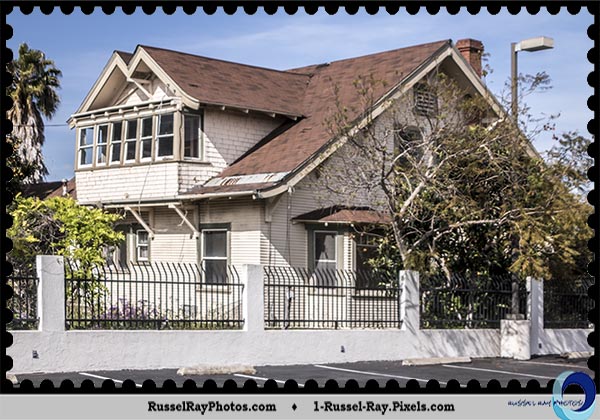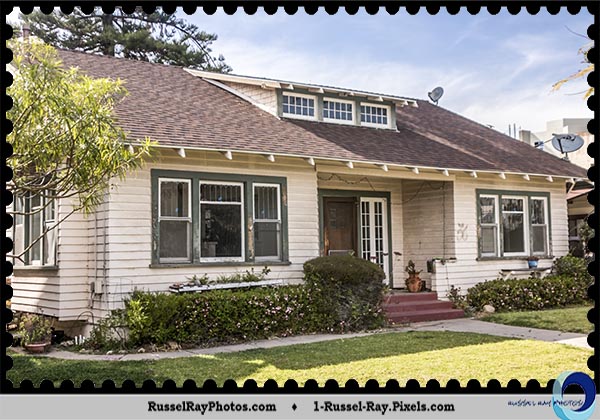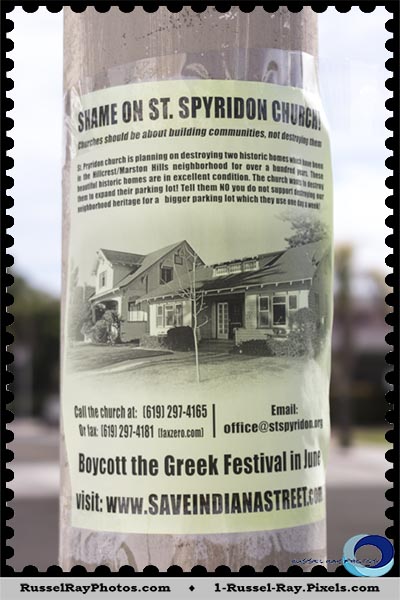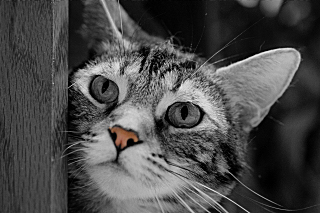
I have been trying to get a good picture of a cliff swallow ever since 1973 when I was a freshman at Texas A&M University. I had gone to the football game in Austin and discovered all the swallows that live under the bridges near downtown. They fly too fast, are small, and take off if you get too close to them. Now, with a 600mm lens, I can get close without getting close.
I got the picture below under a bridge on Old Highway 80. Sources indicate that although the highway was built in the 1910s and widened in the 1930s, the bridge was built in 1973. It carries traffic over the La Posta Creek, which actually had water in it when I was there yesterday.
People don’t seem to like cliff swallows since they like to build their nests on manmade structures, like bridges and under the eaves of buildings. Swallows, however, do a great job of keeping various swarming insects under control since they like to eat flies, bees, wasp, ants, beetles, grasshoppers, crickets, and other bugs.
All swallows are protected by state and federal regulations under the Migratory Bird Treaty Act of 1918 as migratory insectivorous birds, so it is illegal to take, possess, transport, sell, or purchase them or their feathers, nests, or eggs, without a permit.
Swallows like to use the same nest year after year. The picture below seems to indicate that someone, probably the California Department of Transportation, has been by since last year’s nesting season to destroy all the nests. So these poor birds, returning now from their winter migration to Mexico, Central America, and South America, are finding that their nests have been destroyed. They probably are under a lot of stress.
The one below obviously found its old nest but it’s nothing like the poor bird left it late last year. Lot of work to do.
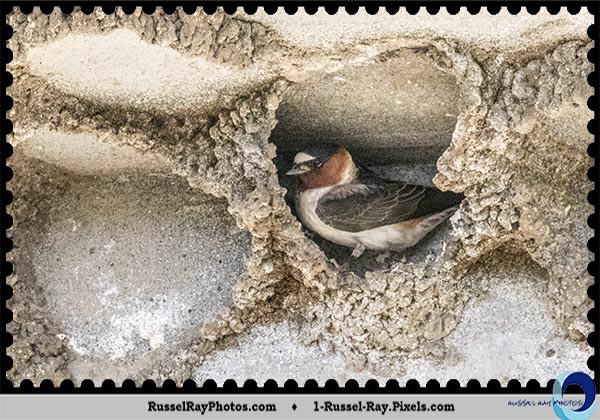
This post approved by Zoey the Cool Cat in absentia.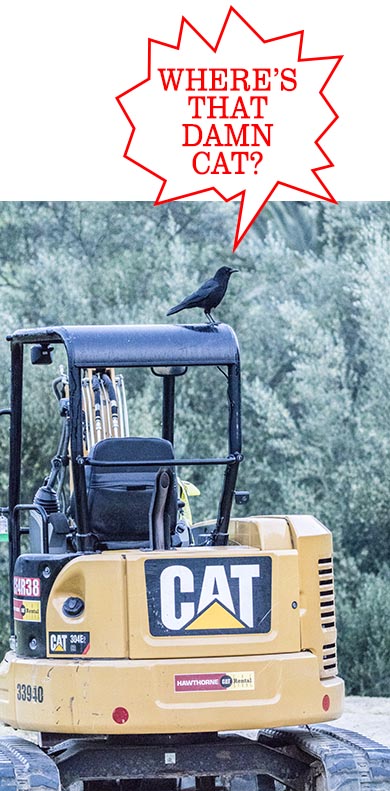

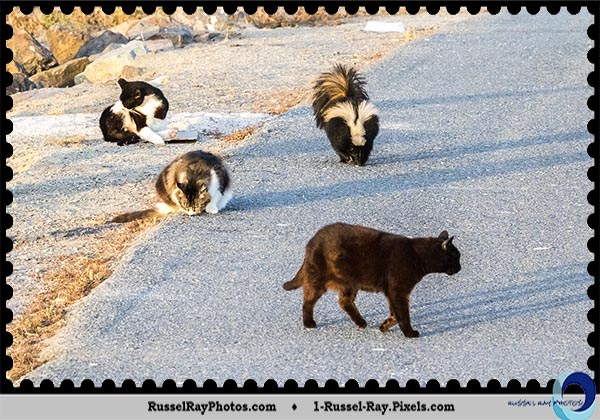

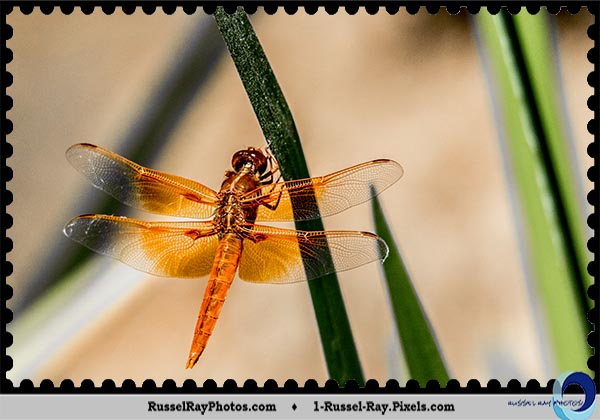
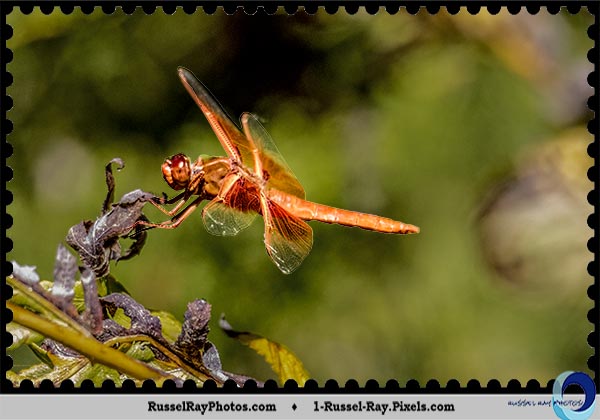
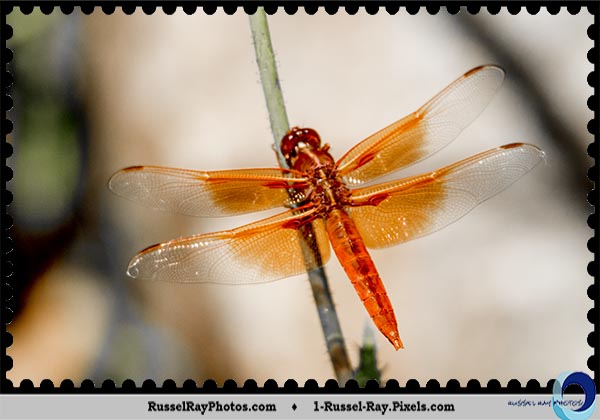



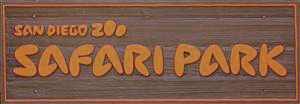 Get to keep it for 7 days for just $60. Today it made a trip to the San Diego Zoo Safari Park.
Get to keep it for 7 days for just $60. Today it made a trip to the San Diego Zoo Safari Park.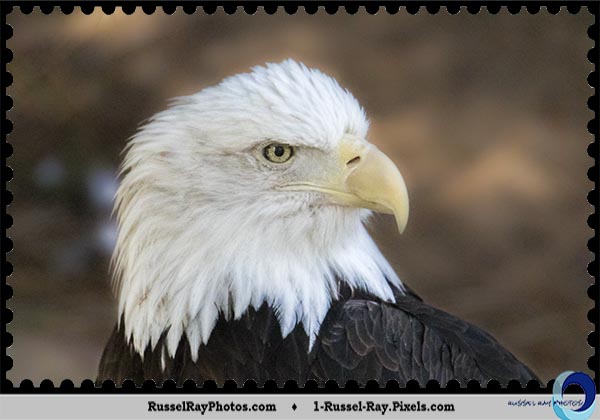
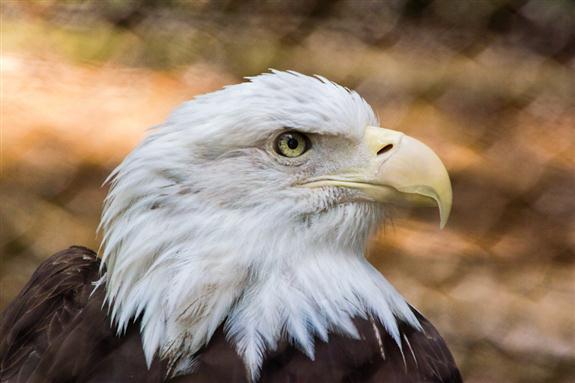
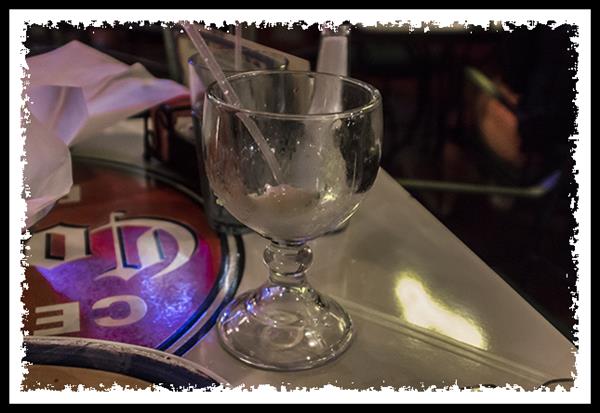




 I finished reading my free, pre-published proof of Dean Koontz’s new book, The Silent Corner, to be released on June 6.
I finished reading my free, pre-published proof of Dean Koontz’s new book, The Silent Corner, to be released on June 6.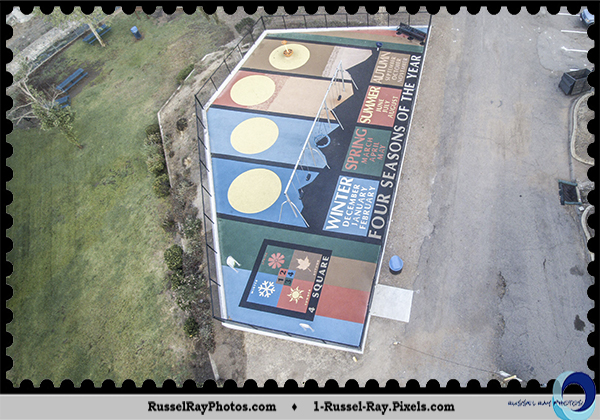

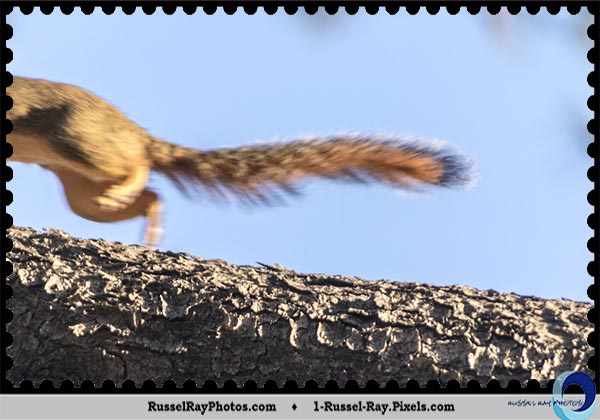

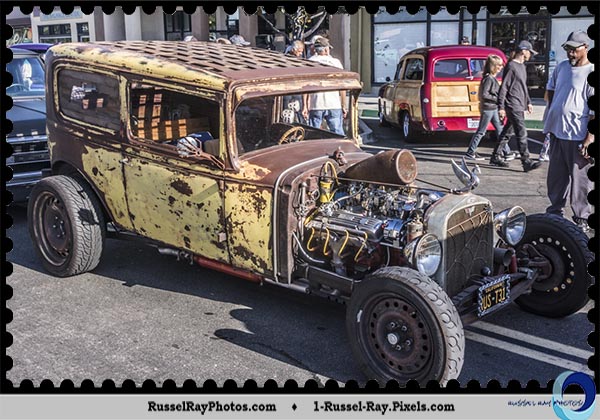
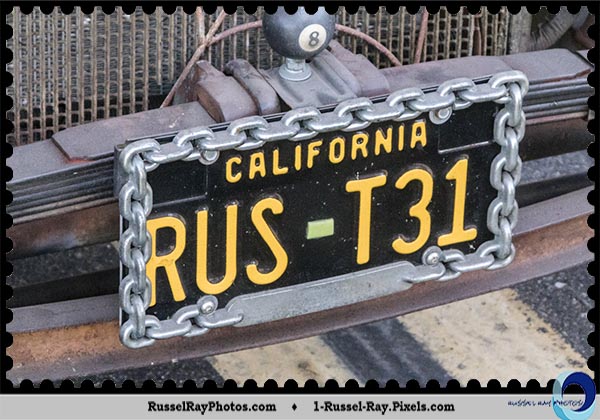

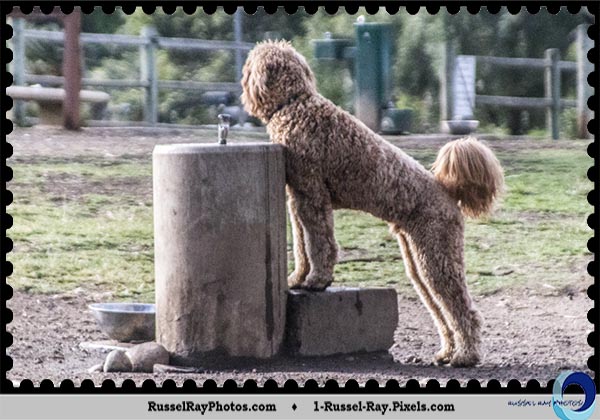

 I have personal issues with religion, mostly Mormons and Catholics since I grew up in those two religions. I’m now going to add Greek Orthodox to the list.
I have personal issues with religion, mostly Mormons and Catholics since I grew up in those two religions. I’m now going to add Greek Orthodox to the list.